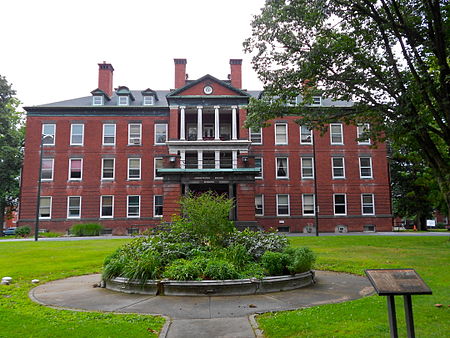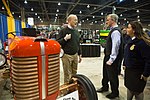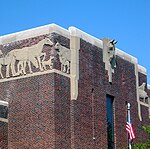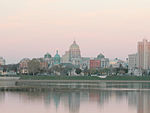Harrisburg State Hospital
1845 establishments in Pennsylvania2006 disestablishments in PennsylvaniaDefunct hospitals in PennsylvaniaHospital buildings completed in 1851Hospital buildings on the National Register of Historic Places in Pennsylvania ... and 9 more
Hospitals disestablished in 2006Hospitals established in 1845Hospitals in Harrisburg, PennsylvaniaKirkbride Plan hospitalsNational Register of Historic Places in Harrisburg, PennsylvaniaPennsylvania state historical marker significationsPsychiatric hospitals in PennsylvaniaReportedly haunted locations in PennsylvaniaUse mdy dates from July 2021

Harrisburg State Hospital, formerly known from 1851 to 1937 as Pennsylvania State Lunatic Hospital, in Harrisburg, Pennsylvania, was Pennsylvania's first public facility to house the mentally ill and disabled. Its campus is located on Cameron and Maclay Streets, and operated as a mental hospital until 2006.
Excerpt from the Wikipedia article Harrisburg State Hospital (License: CC BY-SA 3.0, Authors, Images).Harrisburg State Hospital
North Cameron Street, Harrisburg Uptown
Geographical coordinates (GPS) Address Nearby Places Show on map
Geographical coordinates (GPS)
| Latitude | Longitude |
|---|---|
| N 40.283055555556 ° | E -76.873333333333 ° |
Address
DGS Annex
North Cameron Street
17105 Harrisburg, Uptown
Pennsylvania, United States
Open on Google Maps






